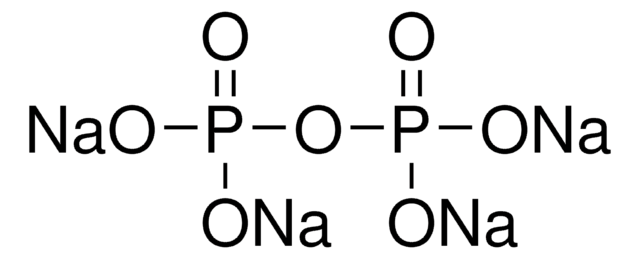09-1700
2-Ethoxyethyl acetate
SAJ first grade, ≥98.0%
Synonym(s):
1-Acetoxy-2-ethoxyethane, Cellosolve® acetate, Ethylene glycol monoethyl ether acetate
About This Item
Recommended Products
grade
SAJ first grade
vapor density
4.6 (vs air)
vapor pressure
2 mmHg ( 20 °C)
assay
≥98.0%
form
liquid
autoignition temp.
715 °F
expl. lim.
13 %
availability
available only in Japan
refractive index
n20/D 1.406 (lit.)
bp
156 °C (lit.)
mp
−61 °C (lit.)
density
0.975 g/mL at 25 °C (lit.)
SMILES string
CCOCCOC(C)=O
InChI
1S/C6H12O3/c1-3-8-4-5-9-6(2)7/h3-5H2,1-2H3
InChI key
SVONRAPFKPVNKG-UHFFFAOYSA-N
Looking for similar products? Visit Product Comparison Guide
Legal Information
signalword
Danger
Hazard Classifications
Acute Tox. 4 Dermal - Acute Tox. 4 Inhalation - Acute Tox. 4 Oral - Flam. Liq. 3 - Repr. 1B
Storage Class
3 - Flammable liquids
wgk_germany
WGK 2
flash_point_f
129.2 °F - closed cup
flash_point_c
54 °C - closed cup
ppe
Eyeshields, Faceshields, Gloves, type ABEK (EN14387) respirator filter
Choose from one of the most recent versions:
Already Own This Product?
Find documentation for the products that you have recently purchased in the Document Library.
Our team of scientists has experience in all areas of research including Life Science, Material Science, Chemical Synthesis, Chromatography, Analytical and many others.
Contact Technical Service






